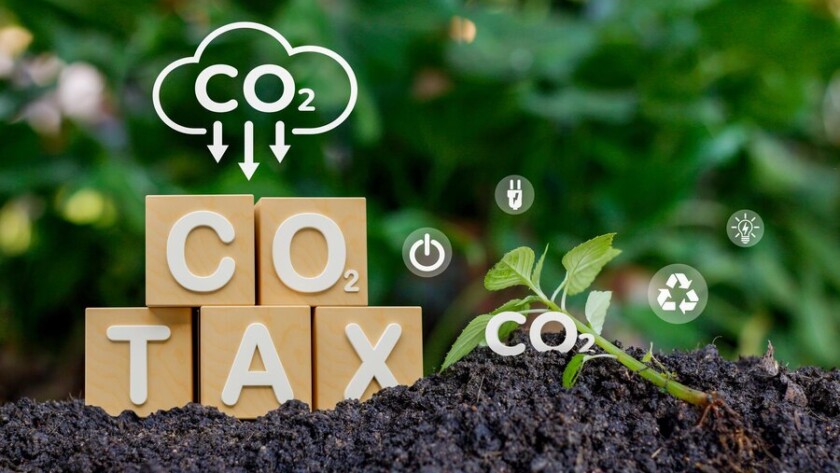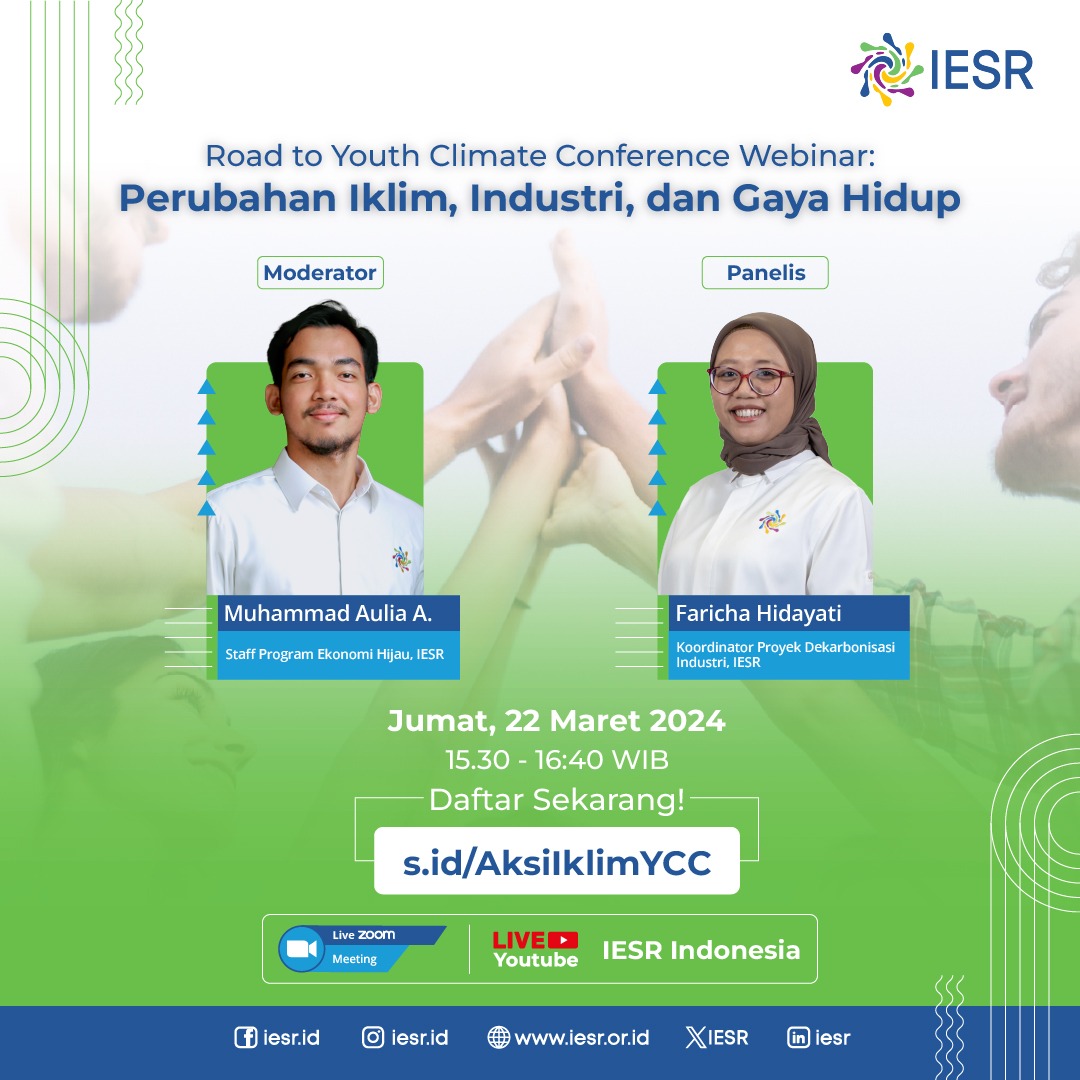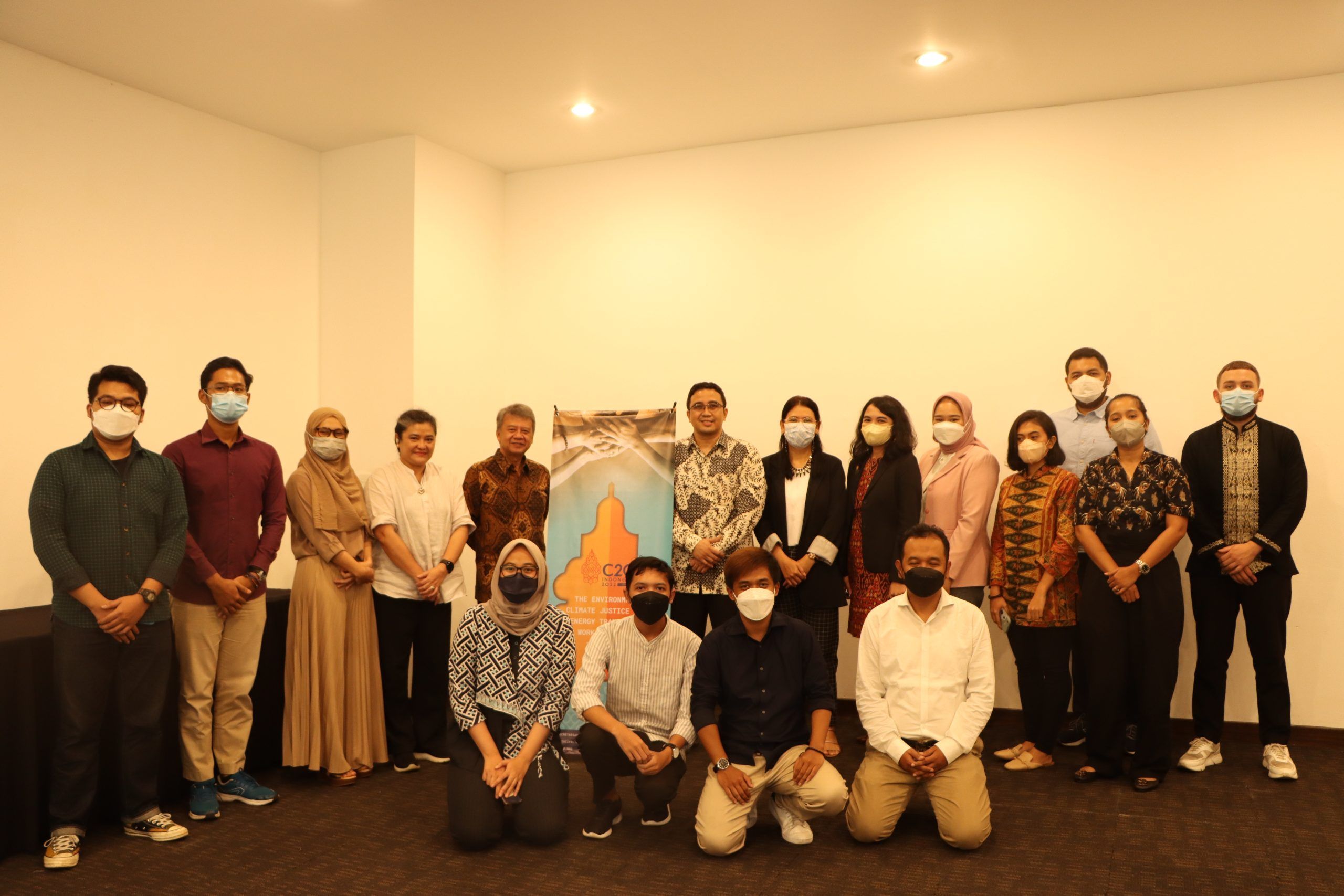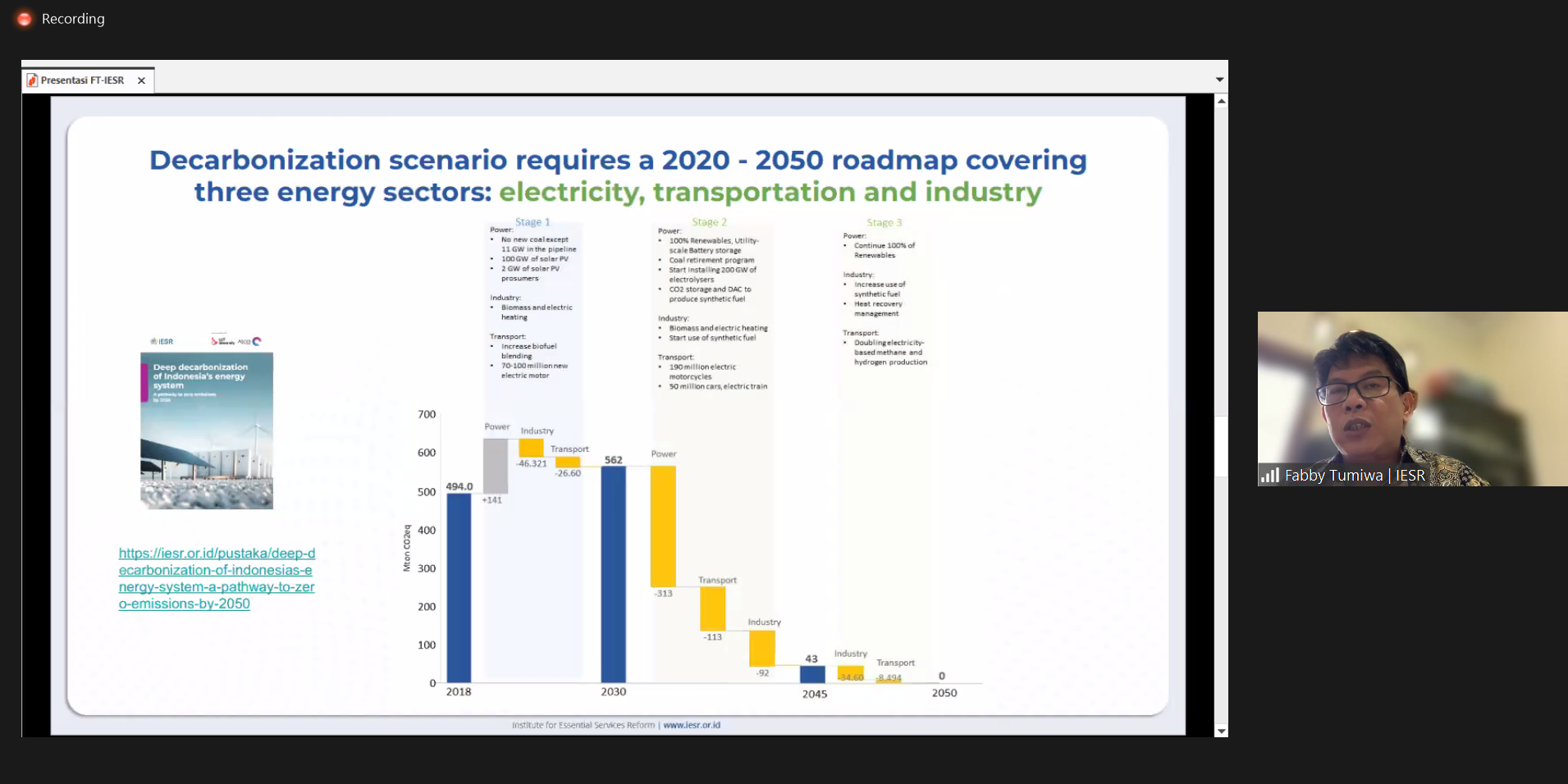Jakarta, August 30, 2024 - As the climate crisis becomes more apparent, the Government of Indonesia is committed to reducing emissions to contribute to achieving net zero emissions (NZE) by 2060 or sooner. One of these commitments is the implementation of a carbon tax.
Carbon tax is a tax imposed on any product or goods…








